The Global Stage Is Changing—One EV Silhouette at a Time
In the world of car design, elegance, innovation, and visual storytelling have long been the domain of European brands. For decades, names like Mercedes-Benz, BMW, and Audi stood as benchmarks of automotive aesthetics, frequently dominating global design awards. But in 2025, that landscape is changing fast. Chinese electric vehicle (EV) makers—brands once dismissed as imitators—are now leading the charge on the world stage, racking up Red Dot, iF, Good Design, and World Car Design accolades. From BYD’s sleek luxury sedans to NIO’s futuristic interiors and XPeng’s aerodynamic forms, Chinese EV brands are no longer catching up. They’re defining what’s next.
This rapid shift in perception is not just a triumph of manufacturing or technology—it’s a revolution in design language. By combining global design talent, cross-cultural aesthetics, and cutting-edge innovation, Chinese brands are creating EVs that feel fresh, bold, and emotionally resonant. At the same time, the global judging community has evolved, now rewarding sustainability, digital interaction, and form-function synthesis rather than legacy prestige. The result? A historic inversion of roles: the challengers are now the leaders, and the former icons are playing catch-up.
From Engineering First to Emotion First
One key factor behind the success of Chinese EV brands in design competitions is a fundamental shift in priorities. Traditionally, Chinese carmakers focused on production scale, affordability, and battery innovation. Design was often a secondary concern. But by 2020, this changed rapidly. BYD began investing heavily in design studios, hiring talents like Wolfgang Egger (former Audi designer), while NIO built entire in-house design ecosystems, drawing from Scandinavian, Japanese, and Italian influences.
Design became not just a feature but a strategy. The NIO ET5 and ET7, for example, combine minimalist cabin philosophies with clean exterior lines that signal confidence without arrogance. BYD’s Han EV and Yangwang U8 exhibit a premium, performance-oriented silhouette that holds its own against any German counterpart. XPeng, meanwhile, has leaned into futuristic motifs: lidar integrations, frameless doors, and full-width LED bars—all wrapped in clean symmetry that feels uniquely modern.
More importantly, these design choices are not just surface-deep. They are embedded in the core architecture of the vehicle—every screen, handle, and vent is part of a cohesive narrative that supports the brand’s identity. And this storytelling is exactly what global juries look for: a car that communicates not just movement, but meaning.
Reading the Jury: What Global Design Panels Now Reward
To understand how Chinese EVs are sweeping design awards, one must look at how the criteria have evolved. A decade ago, European sedans with brushed chrome and leather-lined dashboards had an easy pathway to awards based on luxury, materials, and heritage cues. Today, however, design juries are more interested in sustainability, user-centric interfaces, and visual uniqueness.
The Red Dot and iF juries now include digital interaction, ecological material use, and holistic user experience as key evaluation pillars. For example, XPeng’s G9 won high praise not just for its sleek profile but also for its seamless voice control integration and ambient intelligence. NIO’s interiors were celebrated for sustainable textiles, modular layouts, and wellness-inspired lighting systems. These aren’t design fads—they are culturally relevant responses to modern living.
Chinese EV brands understand this well. Rather than replicate European design, they’re offering alternatives: panoramic digital cockpits, intuitive touch interfaces, floating center consoles, and biophilic design elements that mirror natural forms. This is especially resonant in a post-pandemic world where mobility is also about mental ease and spatial clarity.
Cultural Storytelling and Brand Identity
Perhaps the most overlooked advantage of Chinese EV brands is their fresh cultural narrative. While legacy European automakers carry the weight of history, Chinese brands are telling new stories—ones unburdened by expectations, yet rich in symbolism.
Take NIO, which uses its name (“Blue Sky Coming”) as a thematic element throughout its design language. Every NIO vehicle features subtle blue accents, airy interiors, and an emphasis on openness—reflecting the brand’s ecological ethos. XPeng infuses its branding with futuristic optimism and China’s tech-forward identity. Even BYD, once known for utilitarian models, now crafts narratives of premium ambition, as seen in its sub-brand Yangwang, where design meets off-road power in geometric, rugged form.
These stories resonate globally. They break the mold of Eurocentric elegance and offer something more aligned with a world that values progress, diversity, and cultural renewal.

Hiring the Right Hands: International Talent, Chinese Vision
Another driver of China’s design rise is its ability to attract global talent. Designers who once worked for Volkswagen, BMW, and Ferrari are now helming Chinese EV projects. But what’s unique is how China integrates these experts not to copy European aesthetics, but to blend them into an East-meets-West design philosophy.
Wolfgang Egger’s influence at BYD is seen in the harmonized proportions and LED aesthetics. NIO’s design centers in Munich and Shanghai operate as bridges between cultures. And brands like Zeekr and Avatr work with design consultancies like Italdesign and GAC Advanced Design Europe to infuse every new model with award-worthy form.
The result is a hybrid language: geometric yet organic, sharp yet serene. These designs feel both futuristic and grounded, and they often surprise judges looking for originality. When the design jury of 2024’s Good Design Award praised the Zeekr 001, it wasn’t just about looks—it was about the philosophy behind the curves, the texture of the cabin, and how the car feels like a natural extension of daily life.
European Response: The Challenge of Reinvention
While Chinese brands surge forward, European icons are being forced to rethink what makes them special. Audi, BMW, and Mercedes are still producing beautiful cars, but the challenge now lies in balancing heritage with innovation. Many struggle with breaking their own molds. When Audi introduced the A6 e-tron concept, it received praise—but the design narrative felt cautious compared to the bold strokes of XPeng or NIO.
Additionally, Europe’s luxury brands often take longer to move from concept to production, whereas Chinese brands launch production-ready models in months. This agility allows Chinese automakers to iterate rapidly and respond to design trends in near real time.
Some European brands are adapting. Porsche’s Mission X and BMW’s Vision Neue Klasse show strong conceptual energy. But in many global design contests, these are being matched—if not outdone—by Chinese entries that offer both aesthetic daring and manufacturing execution.
User Experience Design: Where China Pulls Ahead
One of the biggest shifts in design awards is the emphasis on UX—user experience. In Chinese EVs, digital interface design is a centerpiece. From XPeng’s AI-driven assistant to NIO’s NOMI robot companion and Leapmotor’s dashboard-less cockpit, Chinese designers are treating the vehicle as a connected, sensory-rich environment.
European brands, while strong in software, still tend to focus on physical controls, traditional driver positioning, and understated UI. In contrast, Chinese EVs blur the lines between automotive and consumer electronics—borrowing lessons from smartphone design, smart home interaction, and gaming.
Design juries recognize this future-forward vision. Awards now evaluate how intuitive, relaxing, and intelligent the in-car experience feels. China’s EV startups, unburdened by analog design traditions, are shaping cars the way Apple shaped phones—fluid, ambient, and constantly updated.
The Road Ahead: What This Means for Global Design
China’s dominance in EV design awards is not a flash in the pan—it’s the start of a new era. With government backing, consumer demand, and global ambition, Chinese EV brands are poised to lead not just on the road, but in the global design narrative. Their success proves that when aesthetics meet purpose, and culture meets technology, innovation follows.
The implications are wide-ranging. Design studios in Europe are now benchmarking Chinese EVs. Consumers are more willing to explore non-legacy brands. And the meaning of luxury, innovation, and beauty is being redefined—not in a boardroom in Stuttgart, but in a design lab in Shenzhen.
In 2025, the message is clear: the automotive world isn’t just changing—it’s being redesigned. And China, with a pencil in hand and a vision in mind, is at the drafting table.


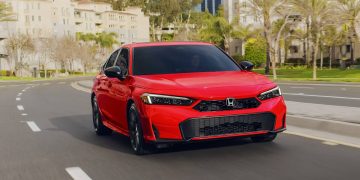
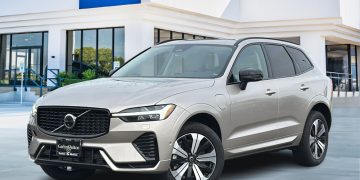


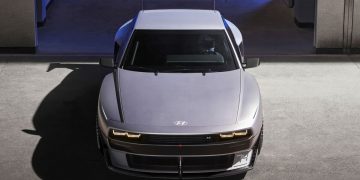


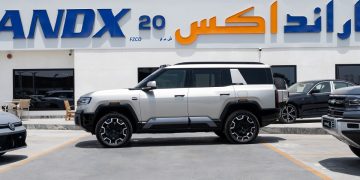











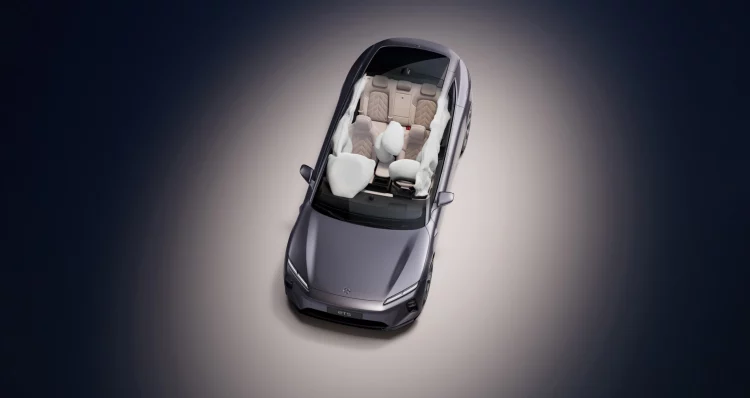












Discussion about this post